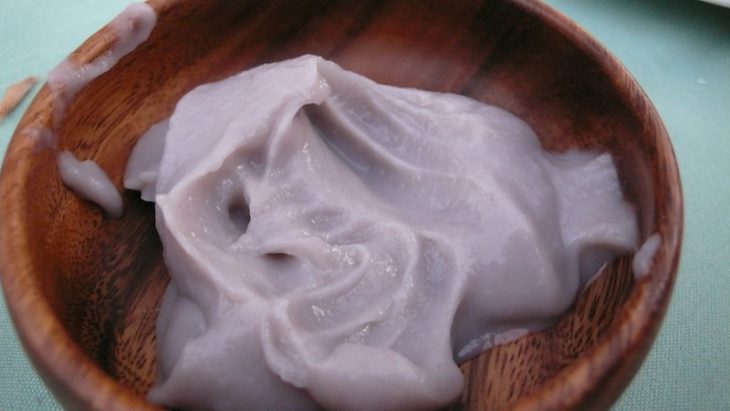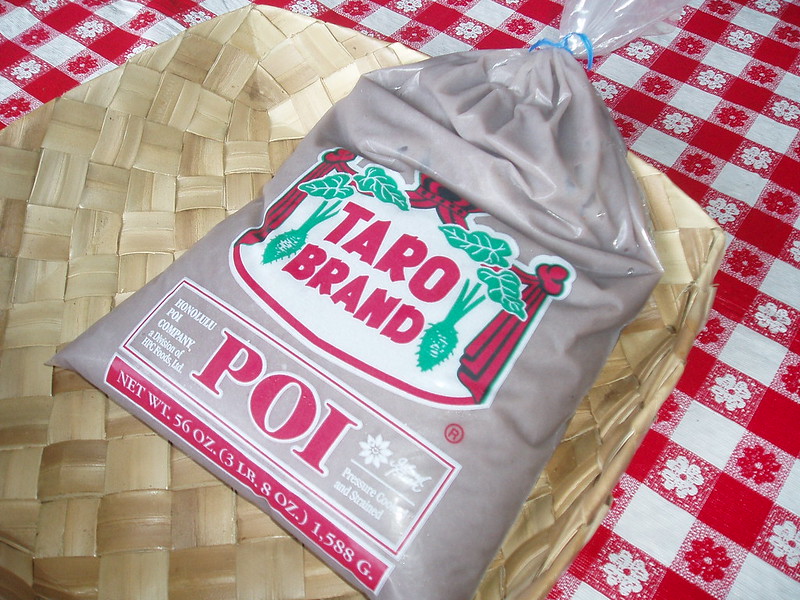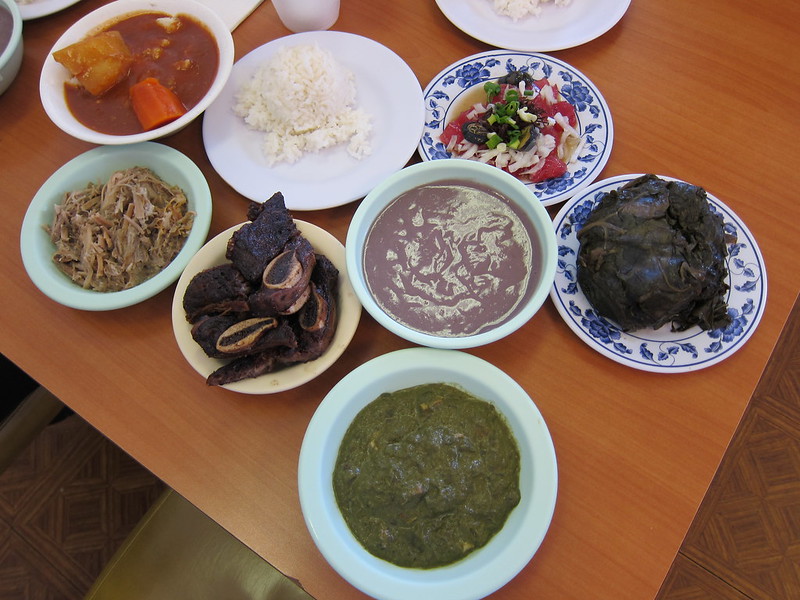
Poi is a traditional staple in Hawaiian cuisine, cherished for its unique taste and cultural significance. Derived from the taro plant, this versatile dish has captivated the hearts of locals and intrigued visitors from around the world. Beyond its cultural significance, poi also offers a range of nutritional benefits that make it a valuable addition to a balanced diet. In this comprehensive article, we will explore the nutrition facts of poi, providing you with valuable insights into its health benefits and how it can contribute to your overall well-being.
A Cultural Tradition
Poi has been a part of Hawaiian culture for centuries, dating back to the early Polynesian settlers. It holds deep cultural significance and is often associated with communal gatherings and celebrations.
The Taro Plant
Poi is made from the underground corm of the taro plant, known scientifically as Colocasia esculenta. The corm is cooked, pounded, and fermented to create the smooth, purple-hued paste that is characteristic of poi.

Rich in Carbohydrates
Poi is primarily composed of carbohydrates, making it an excellent source of energy. It provides sustained energy due to its complex carbohydrate content, which takes longer to break down and digest.
Dietary Fiber
Poi is a good source of dietary fiber, which plays a vital role in supporting digestive health and promoting regular bowel movements. A diet high in fiber can also help manage weight, control blood sugar levels, and reduce the risk of certain diseases.
Low in Fat and Cholesterol
Poi is naturally low in fat and cholesterol, making it a heart-healthy food choice. A low-fat and low-cholesterol diet can contribute to maintaining healthy cholesterol levels and reducing the risk of heart disease.
Vitamins and Minerals
Poi contains various vitamins and minerals, including vitamin C, potassium, magnesium, and iron. These nutrients are essential for supporting immune function, promoting healthy blood pressure, maintaining strong bones, and aiding in oxygen transport within the body.
Digestive Health
The high fiber content in poi supports a healthy digestive system by promoting regular bowel movements and preventing constipation. Additionally, the natural fermentation process involved in making poi introduces beneficial bacteria, which can contribute to a healthy gut microbiome.
Heart Health
Poi’s low-fat and low-cholesterol profile, coupled with its potassium content, can help maintain healthy blood pressure levels and reduce the risk of cardiovascular diseases.
Energy and Satiety
Poi’s complex carbohydrates provide a steady release of energy, making it an ideal option for sustained physical and mental endurance. Its fiber content also aids in promoting feelings of fullness and satiety.
Nutrient Density
Poi’s array of vitamins and minerals contribute to overall health and well-being. The presence of vitamin C supports immune function, while potassium and magnesium are essential for proper muscle function and electrolyte balance.
Versatile Culinary Uses
Poi can be enjoyed in various ways, depending on personal preference. It can be consumed plain or used as a dip, spread, or thickener in recipes. Poi-based dishes such as poi pancakes or poi smoothies offer unique twists on traditional recipes.
Pairing with Other Foods
Poi can be paired with a variety of foods to create balanced meals. Combining poi with lean proteins, vegetables, and healthy fats can enhance its nutritional value and create a well-rounded dish.

Cultural Appreciation
Trying poi not only allows you to experience its nutritional benefits but also fosters a deeper appreciation for Hawaiian culture. Embrace the cultural significance of poi by learning about its history and significance within Hawaiian traditions.
Conclusion
Poi is more than just a traditional Hawaiian dish; it is a versatile and nutrient-rich food that offers a range of health benefits. With its carbohydrate content, dietary fiber, and an array of vitamins and minerals, poi contributes to a balanced and healthy diet. By incorporating poi into your meals, you can savor the unique flavors and cultural heritage while nourishing your body.
Frequently Asked Questions (FAQs)
Is poi gluten-free?
Yes, poi is naturally gluten-free as it is made from the taro plant, which does not contain gluten.
Can poi be consumed by individuals with food allergies?
Poi is generally well-tolerated, but individuals with taro allergies should avoid consuming it. As with any food, it’s important to be aware of personal allergies and sensitivities.
Can poi be frozen for later use?
Yes, poi can be frozen to extend its shelf life. Thaw it in the refrigerator and stir well before consuming.
How can I incorporate poi into my recipes if I don’t enjoy its plain taste?
Poi can be used as an ingredient in various recipes, such as pancakes, smoothies, or as a thickener in sauces and soups. Experimenting with different flavors and combinations can help enhance the taste to your liking.
Where can I find poi if I don’t live in Hawaii?
Poi is becoming more widely available in specialty food stores or can be purchased online. Check local Hawaiian markets or online retailers that specialize in Hawaiian or Pacific Islander cuisine.
Was this page helpful?
Our commitment to delivering trustworthy and engaging content is at the heart of what we do. Each fact on our site is contributed by real users like you, bringing a wealth of diverse insights and information. To ensure the highest standards of accuracy and reliability, our dedicated editors meticulously review each submission. This process guarantees that the facts we share are not only fascinating but also credible. Trust in our commitment to quality and authenticity as you explore and learn with us.
